The request comes in, “Would you appear on an upcoming panel discussion?”
Congratulations. You’re at the top of your game. Organizations within your industry want to access your insightful knowledge, experience, and reputation.
“Sure,” you say, “Panel discussions are easy.”
Stop right there.
As with anything else, a panel discussion seems easy and effortless only when all involved are well prepared. The responsibility of good planning rests largely with the producing organization. But, in order to come across as strongly as you want, you will need to do more than just show up. Follow these tips, and your first panel discussion will not be your last.
Ask questions
Before committing to participating on a panel, ask how many other panel members there are, who the moderator is, and how long the discussion is intended to go. The moderator is the quarterback of the panel. If that person is not experienced in moderating, the panel discussion risks failure. Also, if the panel is any larger than three people, consider declining. With panels that are oversized, someone may end up being set dressing.
Develop chemistry
Ask if you can see the intended interview questions in advance. If, for whatever reason, the questions are not submitted to panel members before the event, ask that you have an opportunity to meet with the moderator before hand – even if it’s just 15 minutes before taking stage. It’s important that chemistry be developed between moderator and panel members prior to going in front of your audience.
Maintain balance
Don’t dominate the discussion. A good moderator will keep the on-stage conversation balanced, but it’s also up to you to avoid taking up more than your share of “air time.” If one person unwittingly commands a panel, it won’t be just the other panel members who squirm uncomfortably. The audience will, too.
Eye contact
While the moderator may have asked you the question, remember who and where your intended audience is. Begin your response by answering the moderator, but make sure you establish eye contact for the bulk of your answer with the audience in front of you. As you wrap up your answer, turn back to the moderator in the final seconds of your statement. Too often, the moderator and panel members keep the conversation entirely between themselves, making the audience feel as if they’re eavesdropping, rather than participating. So, too, if a question comes to you from an individual in the audience, begin your answer with that person, but spray the room in your response. Beyond sharing information, your goal should be to engage the entire audience.
Conversational tone
Though sharing information, panel discussions are purposely intended to have a different feel from behind-the-lectern presentations. As the producer, I tell my panel members that I want my audience to leave the event feeling as if they have been a part of the most interesting dinner party they’ve ever attended. What would that feel like? There would be laughter; clever and charming comments would be tossed about; the repartee would be quick and provocative; and thoughts and opinions would be comfortably and openly shared. When I leave a dinner party like that, I feel energized and stimulated. That’s the way I want my panel-discussion audiences to feel.
This isn’t ping pong
Panel members need to be active participants at all times within the discussion. That is, they needn’t wait for their name to be called before sharing a thought or answering a question. Think of my dinner party analogy – you wouldn’t wait for your name to be called in that setting before jumping in to elaborate further on something someone else said or, perhaps, to respectfully challenge a statement. Panel discussions that fall into the rhythm of ping-pong matches – question asked, question answered, question asked, question answered – can lull the audience to sleep. Keep it lively.
Sit up
Prior to arrival at your panel location, make sure you’ve enquired about panel dress code, what the stage looks like, what type of chairs you’ll be sitting in, and where the audience will be in relation to you. Answers to these simple questions will determine, among other things, what type of jacket or skirt you select for the event.
When producing a panel discussion, one of the decisions I make is what type of chairs I want on stage. My initial response is, the most uncomfortable ones available. I say that kiddingly – sort of. If the stage chair is too comfortable, the panel members invariably end up sitting back too far, slouching, or manspreading – any of which is inappropriate in front of an audience. I make a point of saying to my panelists, yes, the chairs have backs and arm rests, but I don’t want you using either. Sit forward and upright. In so doing, you assume a position of engagement and eager participation. The audience will play off of your body language.
If you follow these simple tips, you will enjoy the experience immeasurably. More importantly, so, too, will your audience.
Next month… how to be a good moderator.
Glenn Miller has produced scores of panel discussions for corporate and nonprofit clients.


